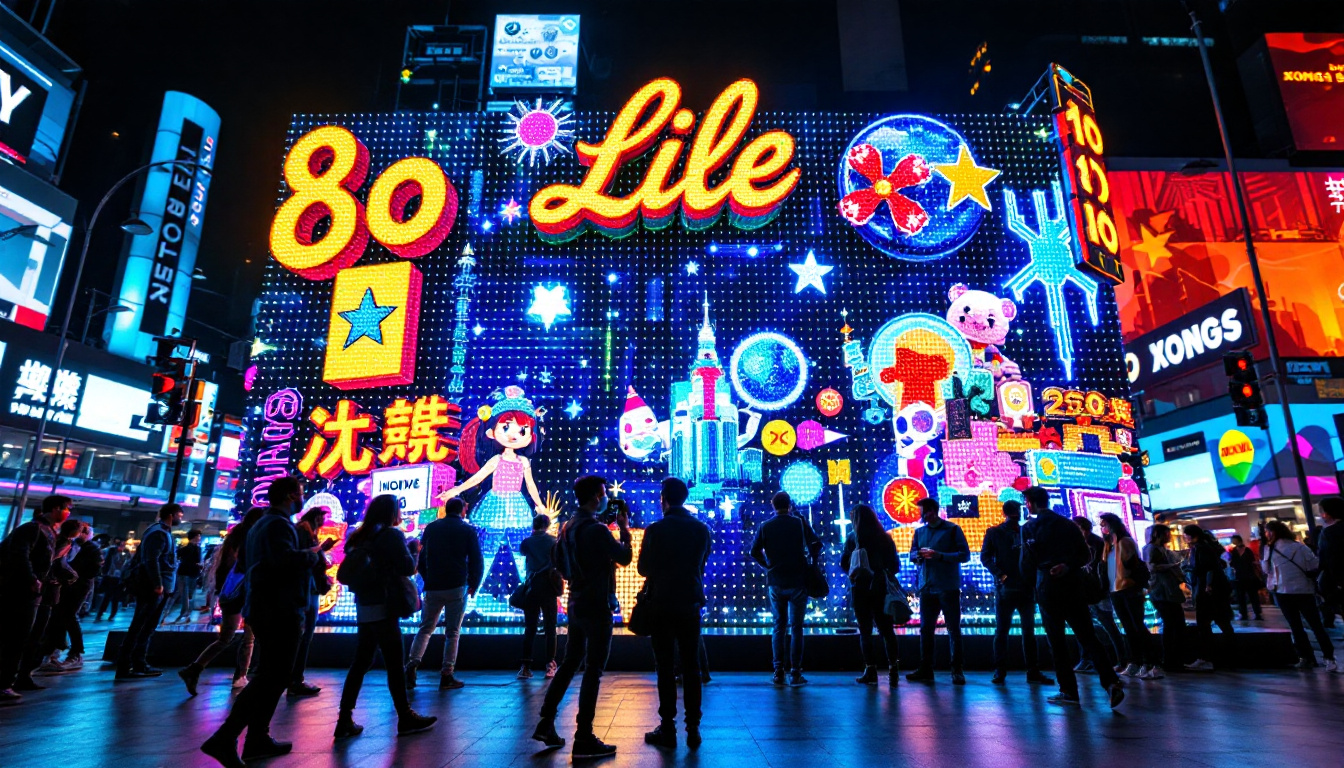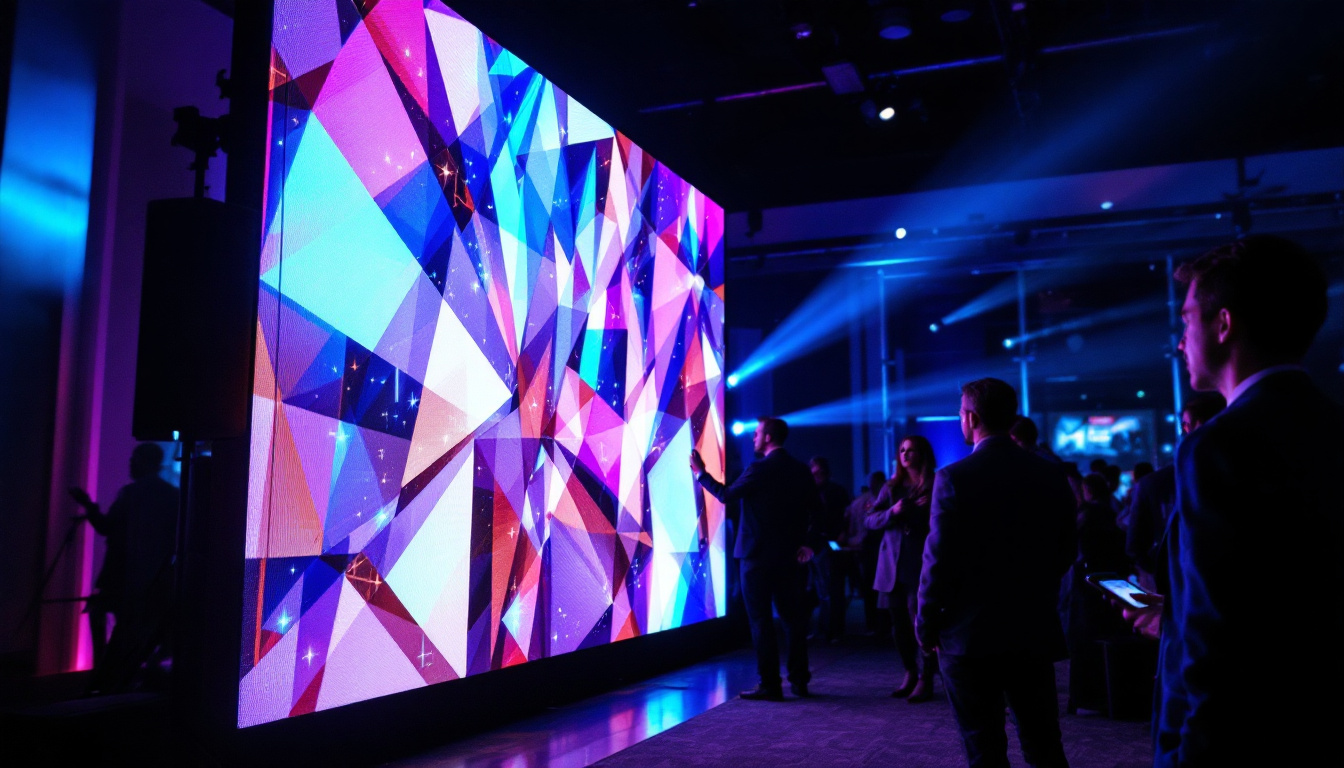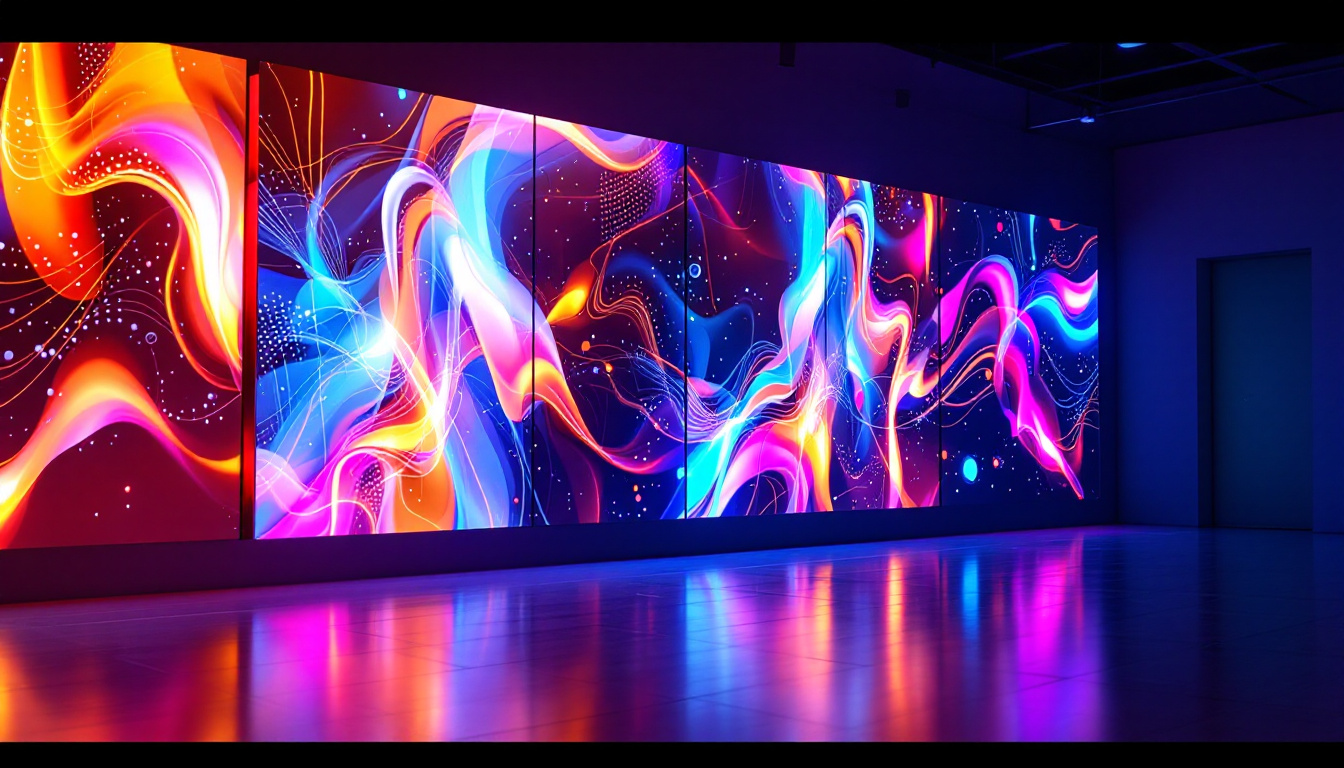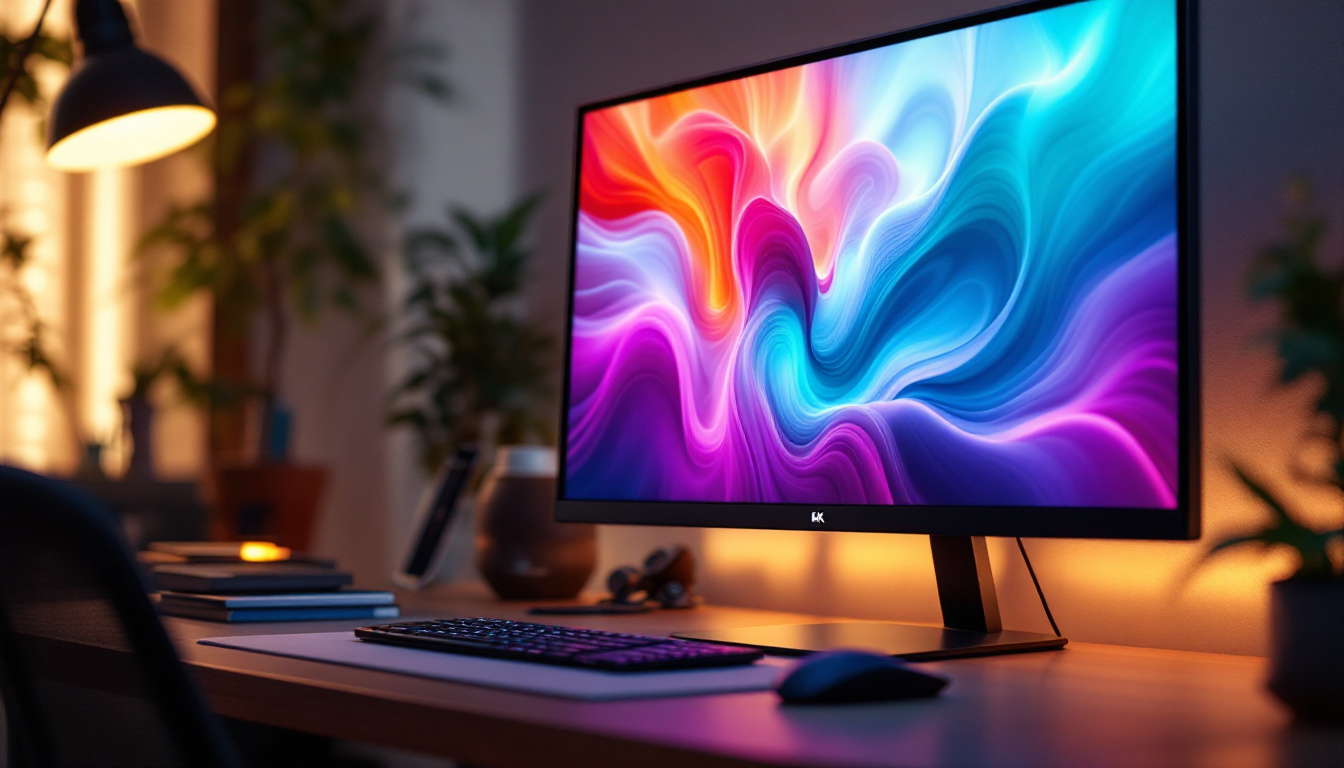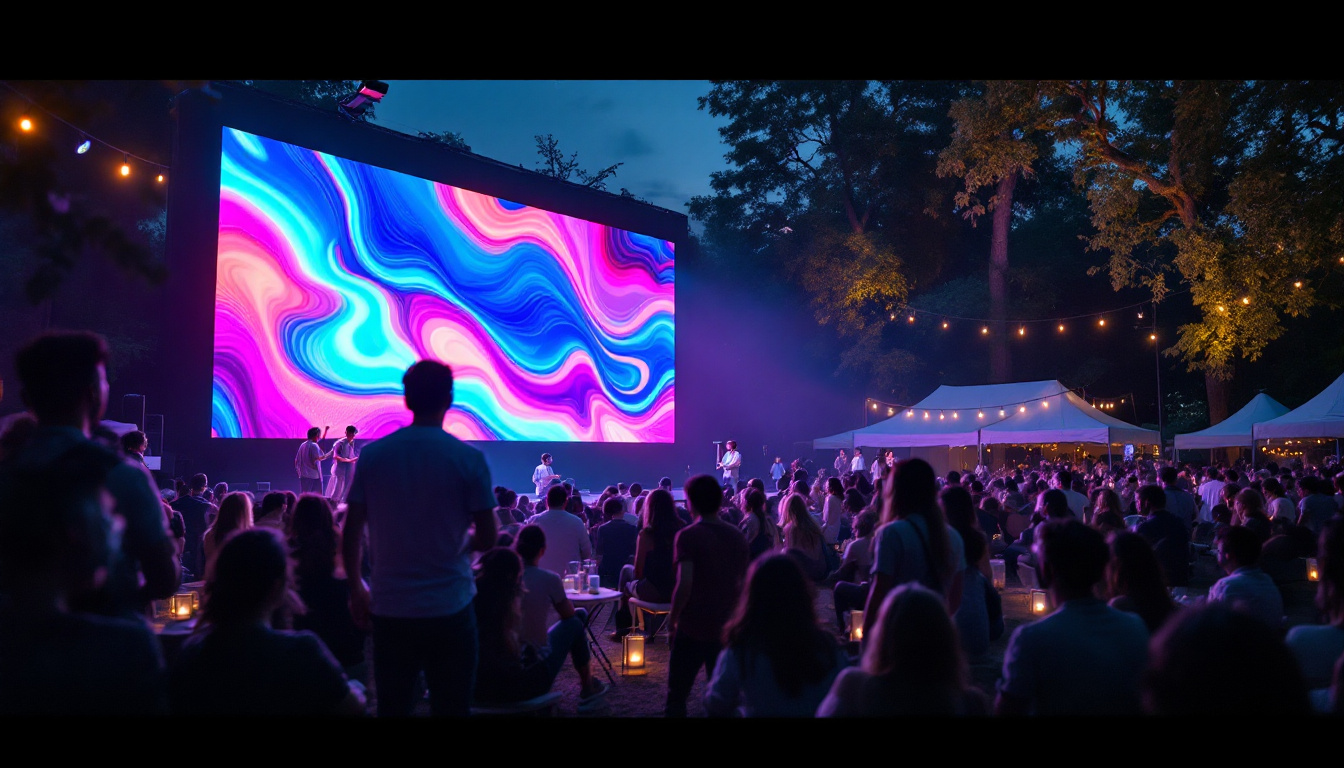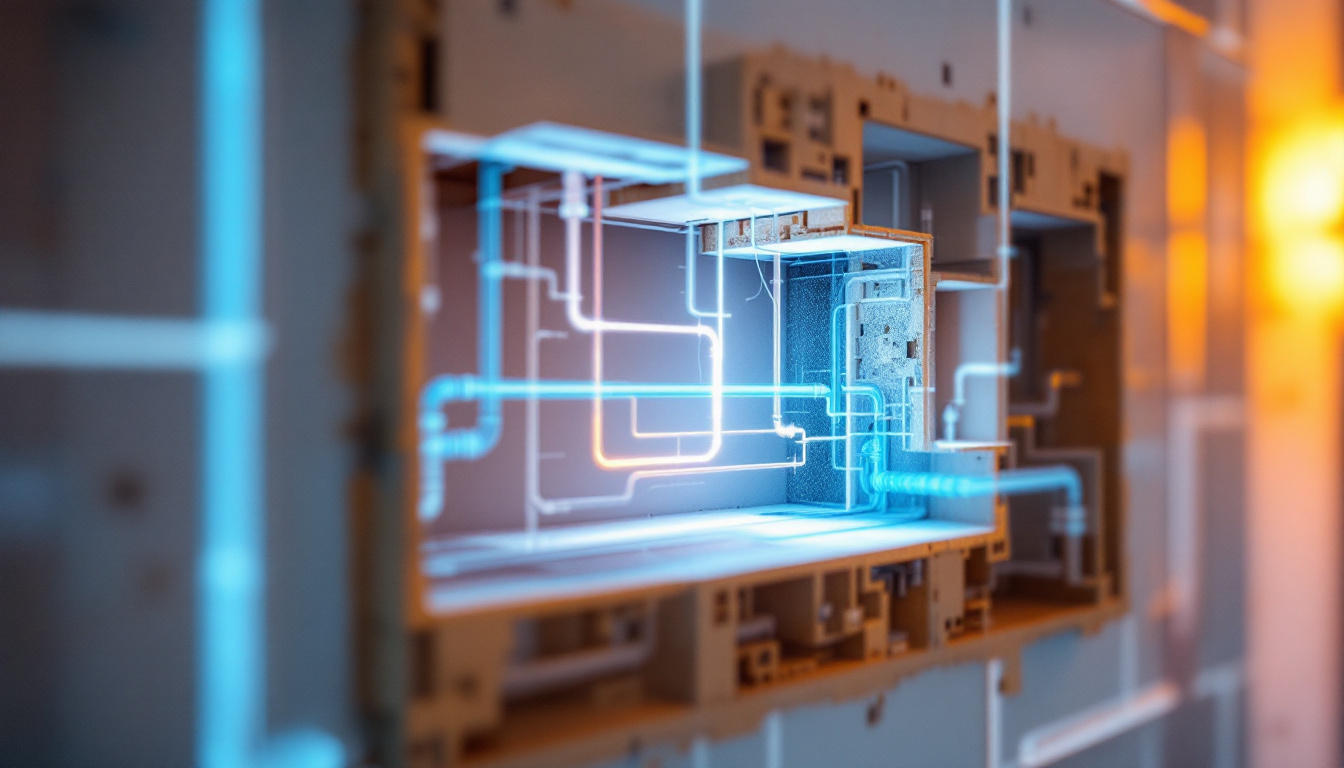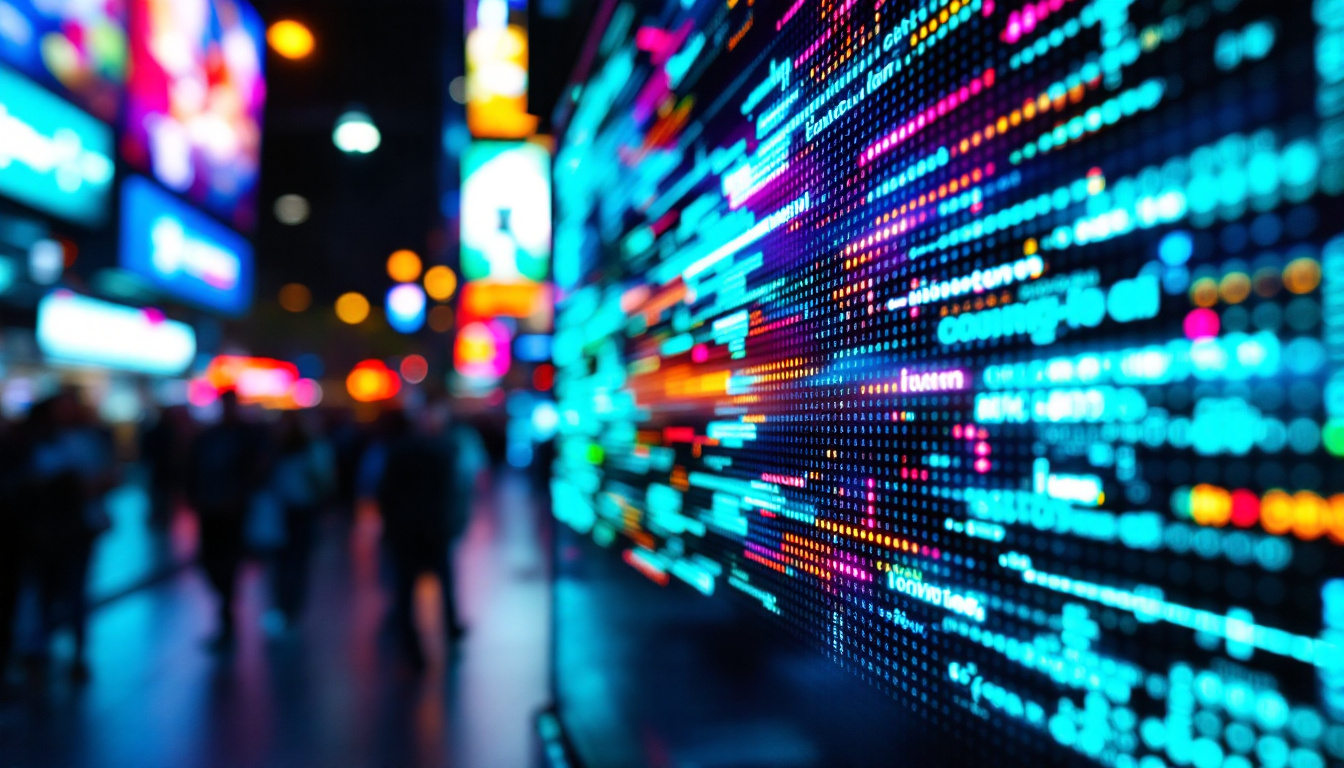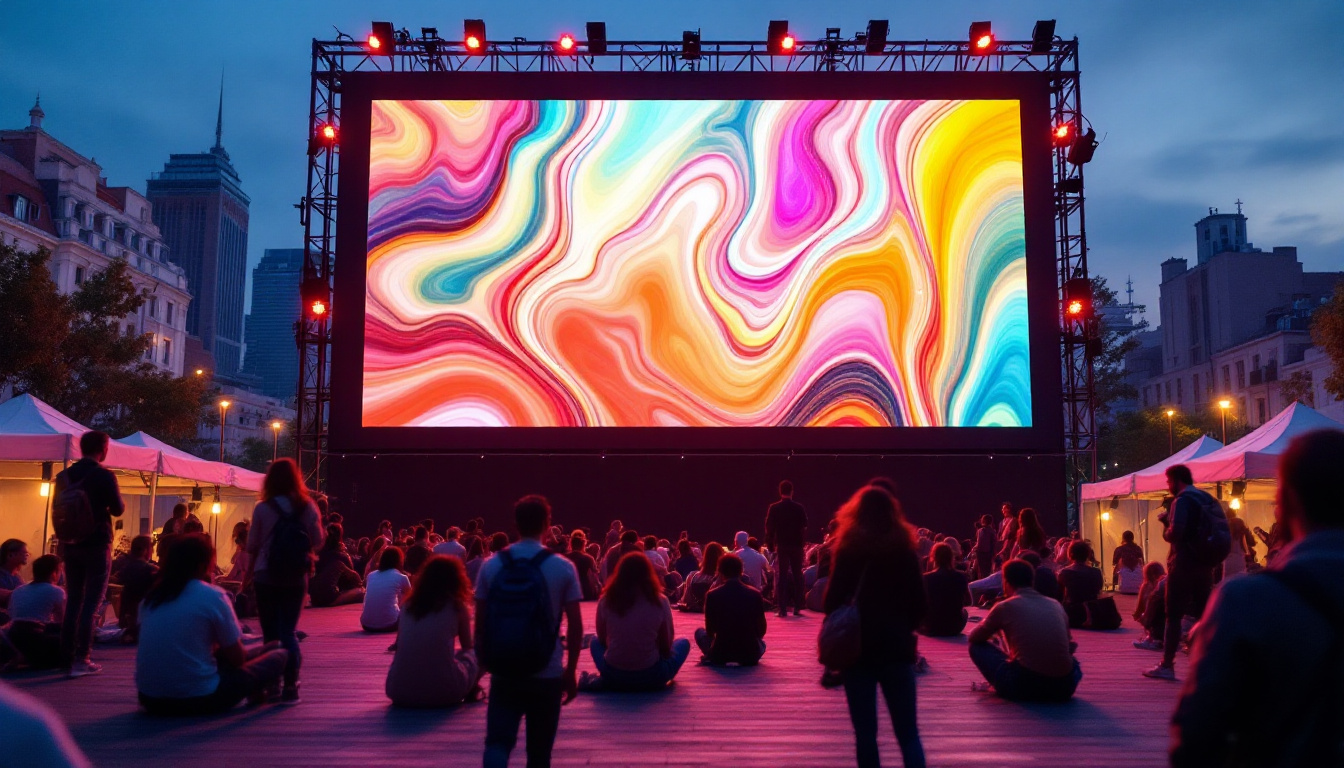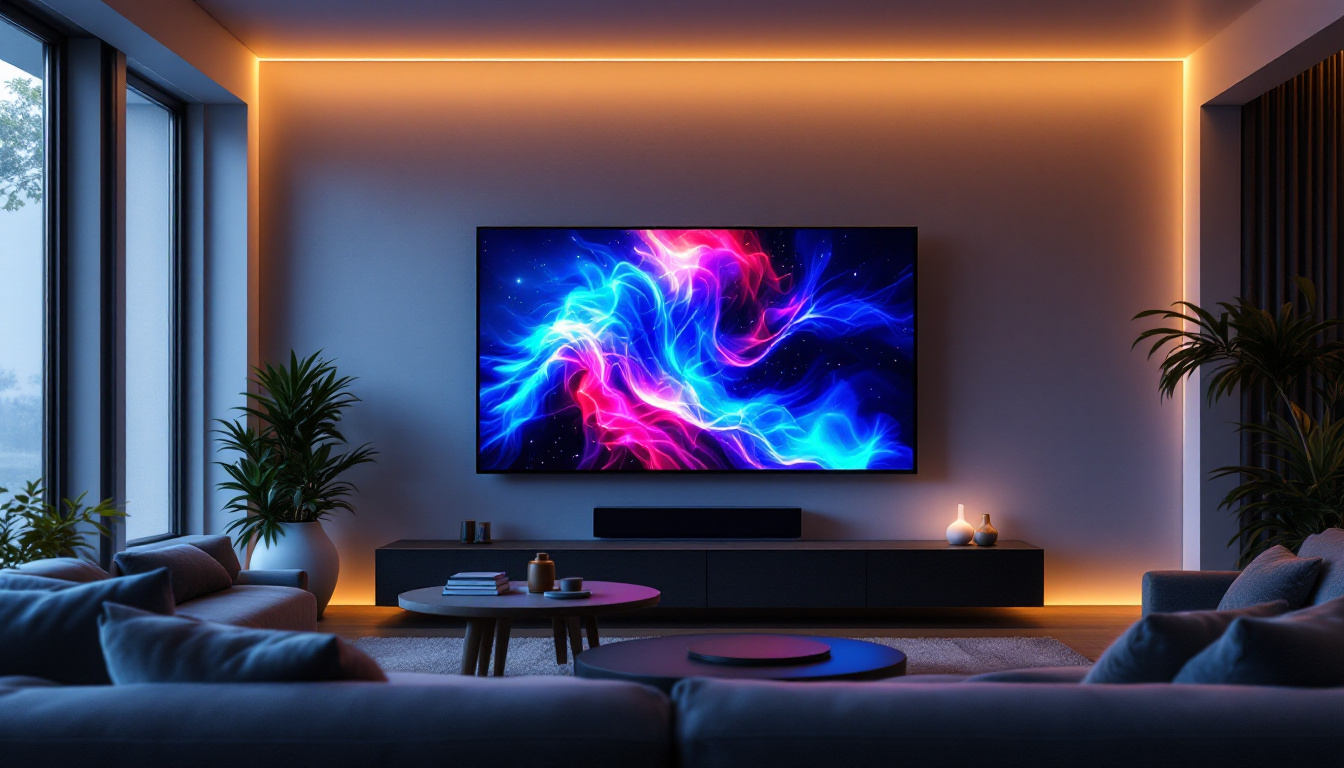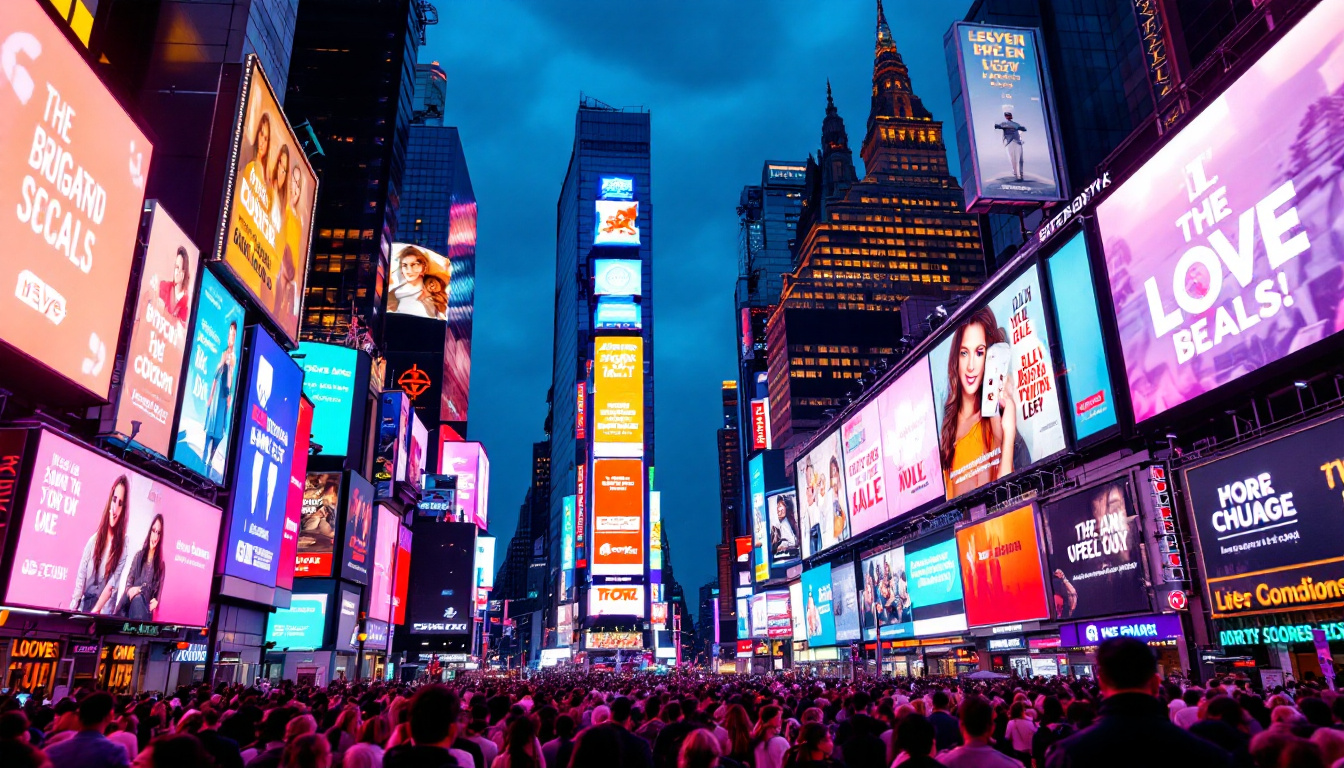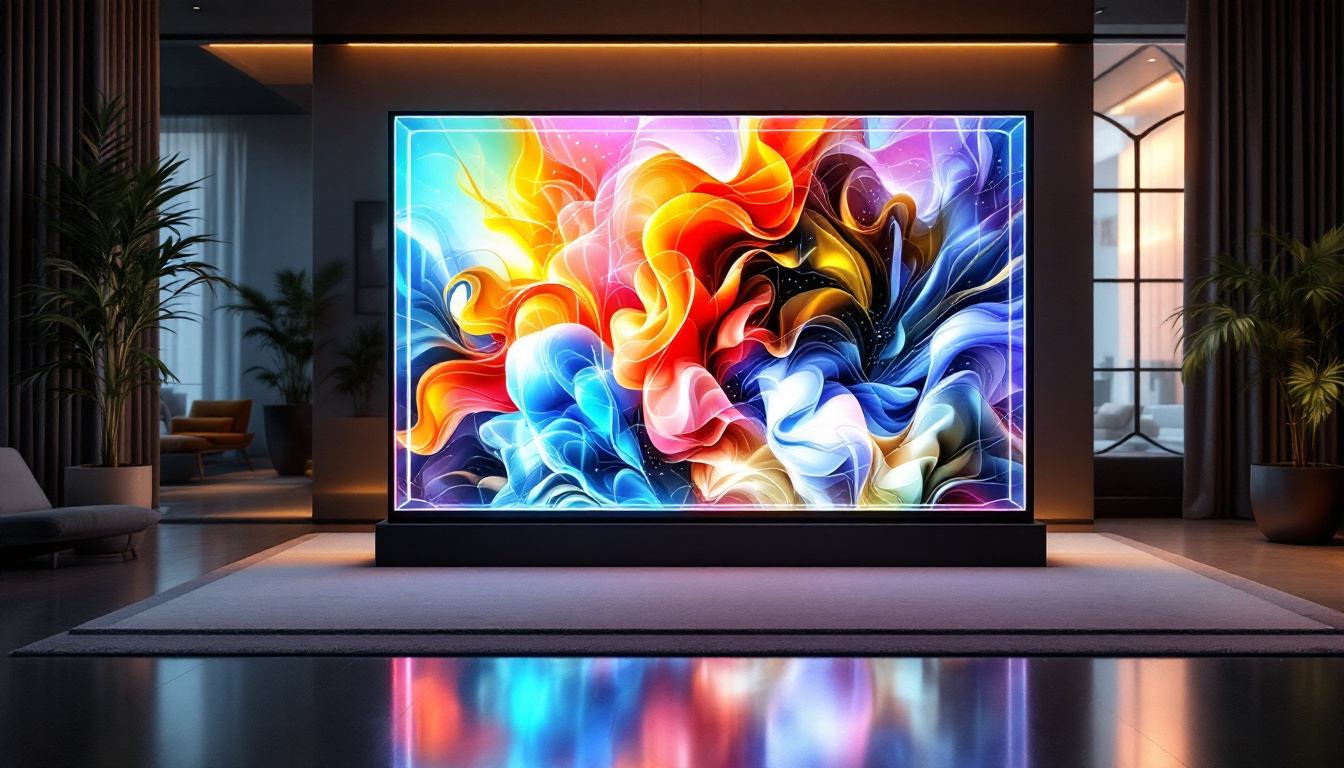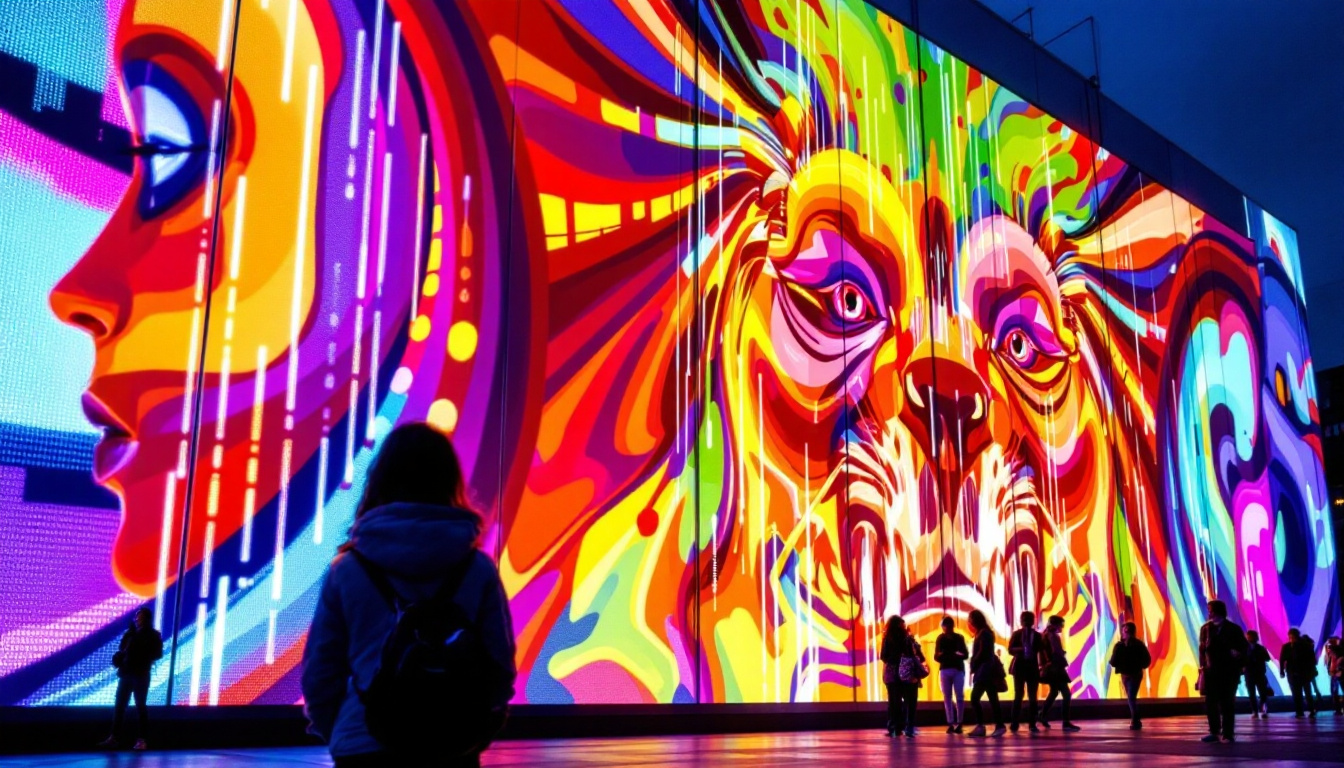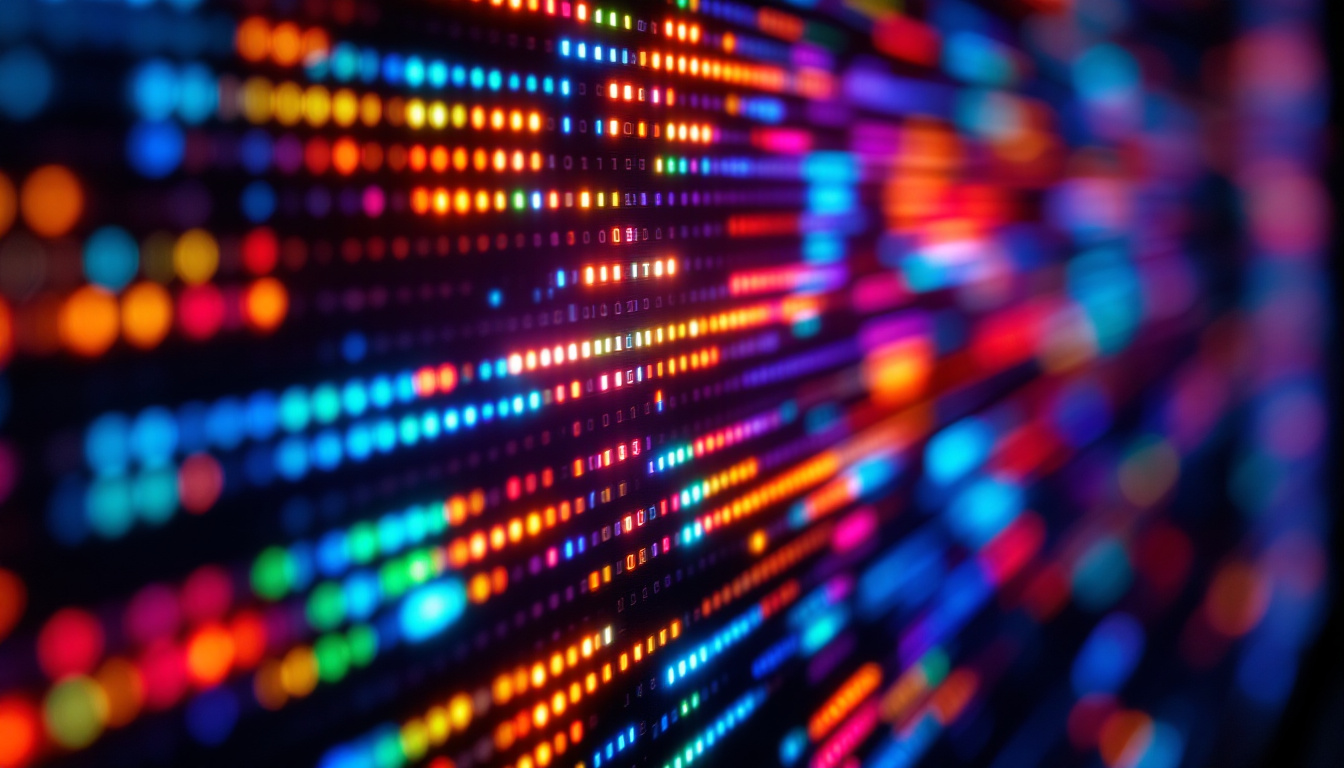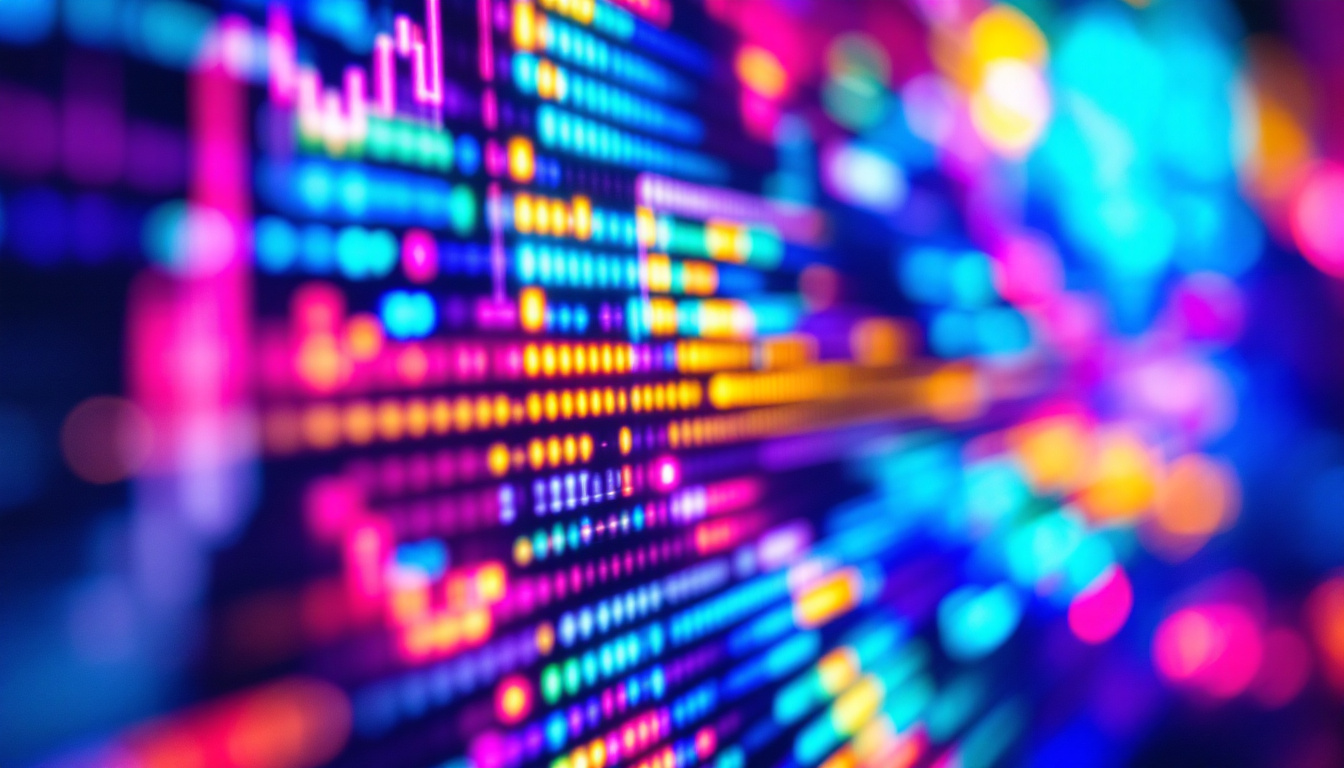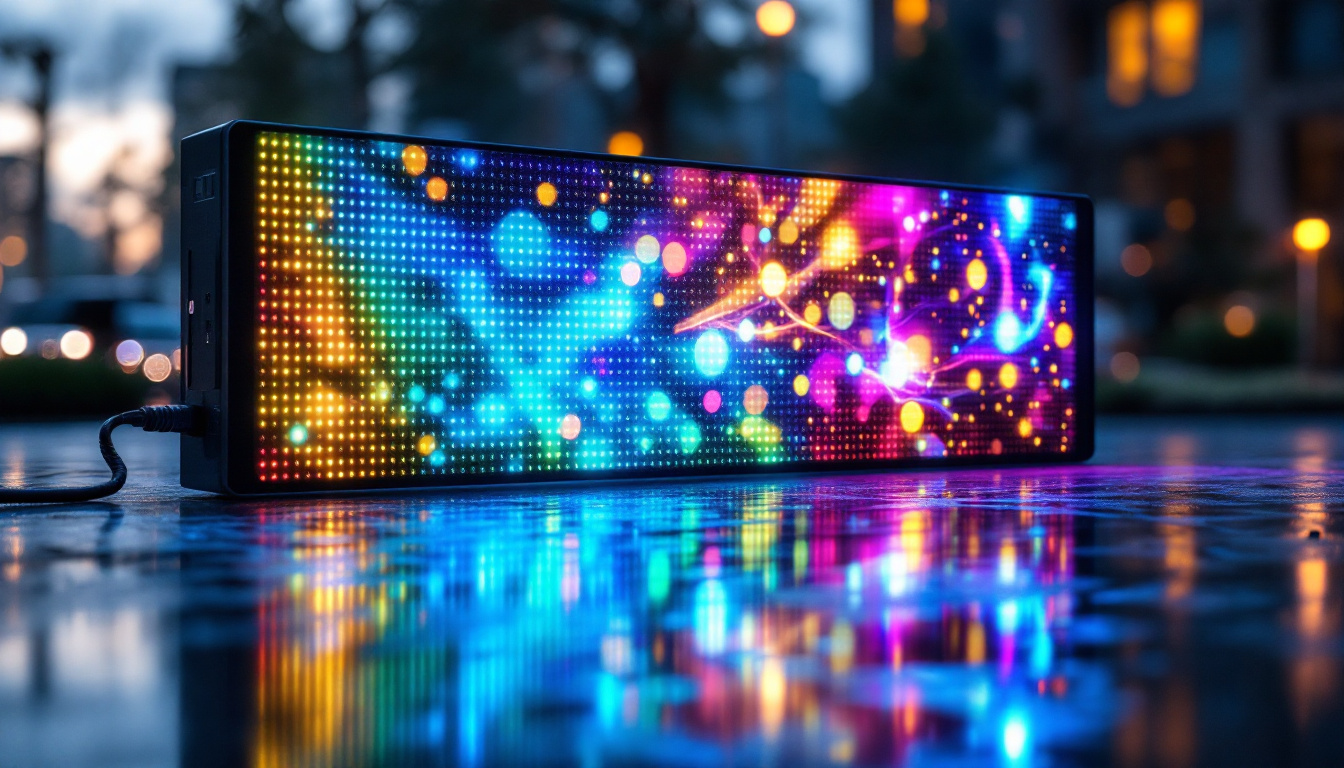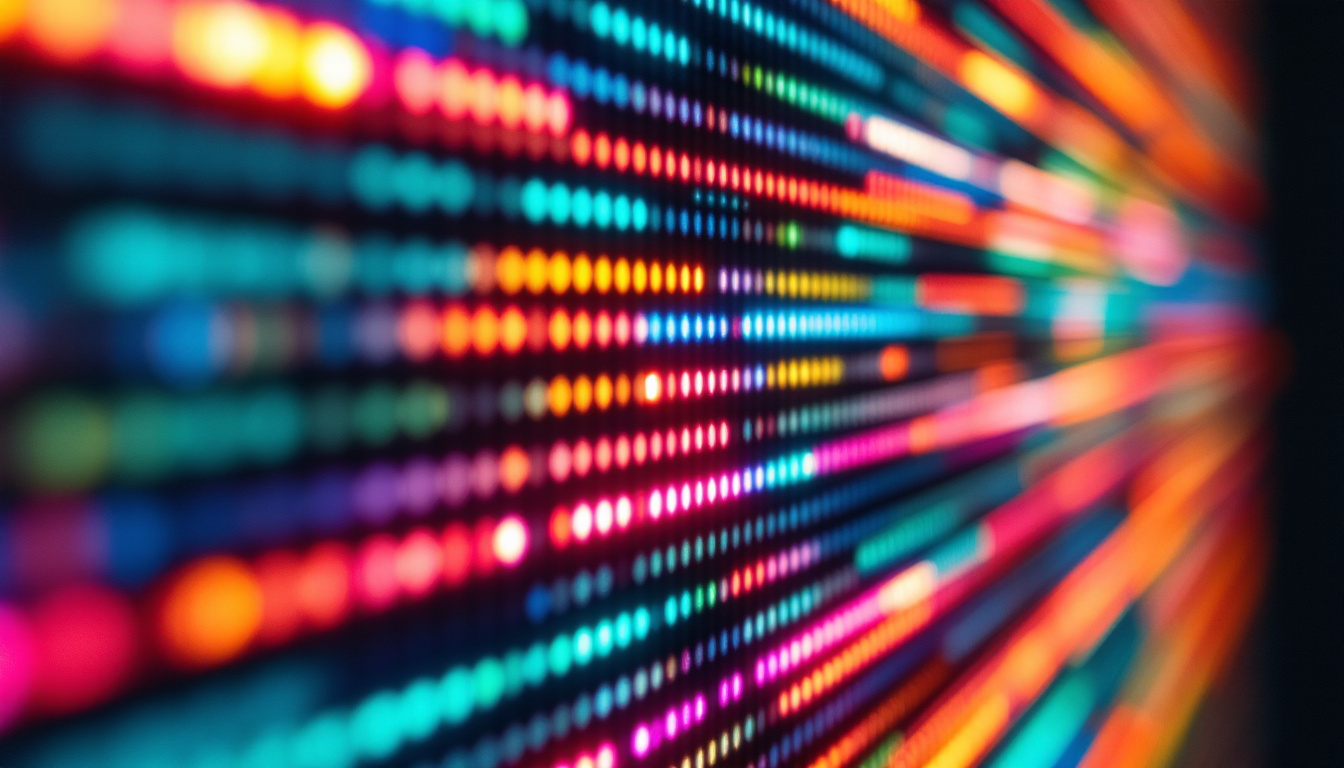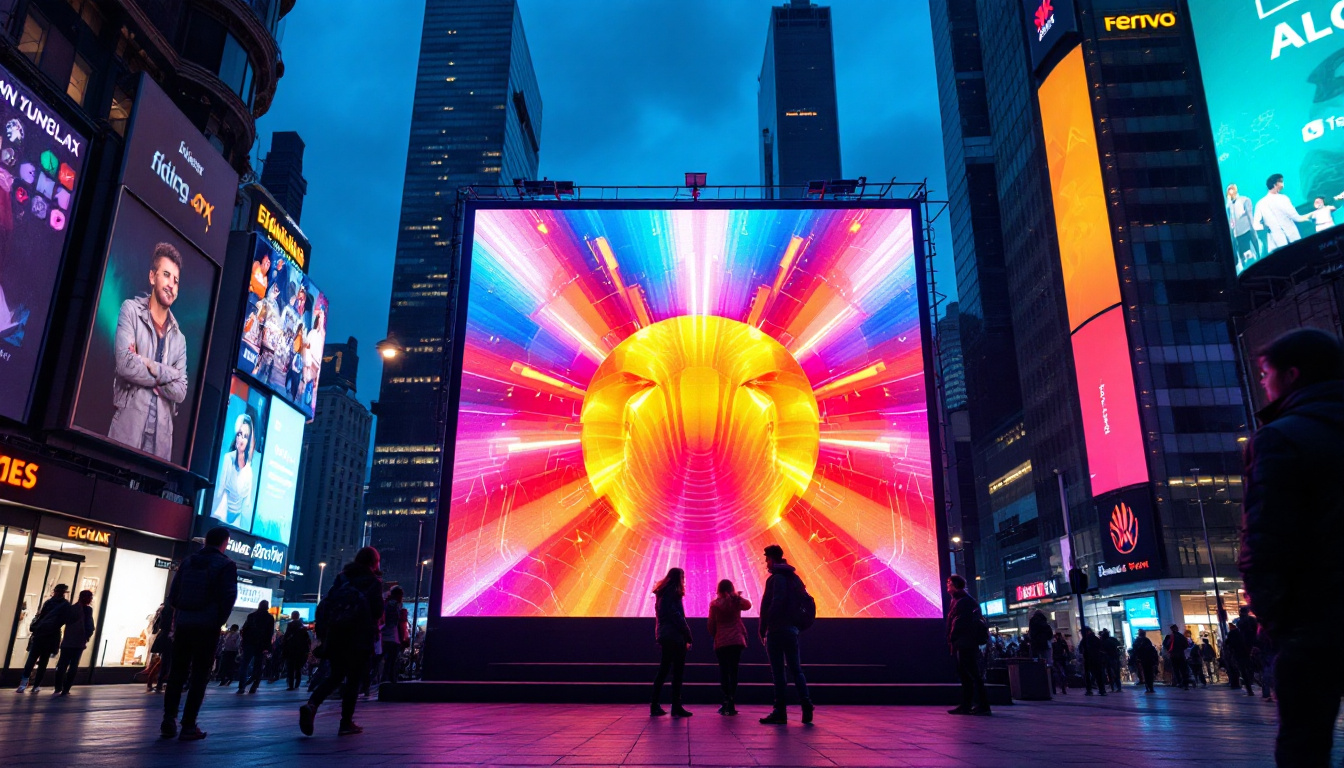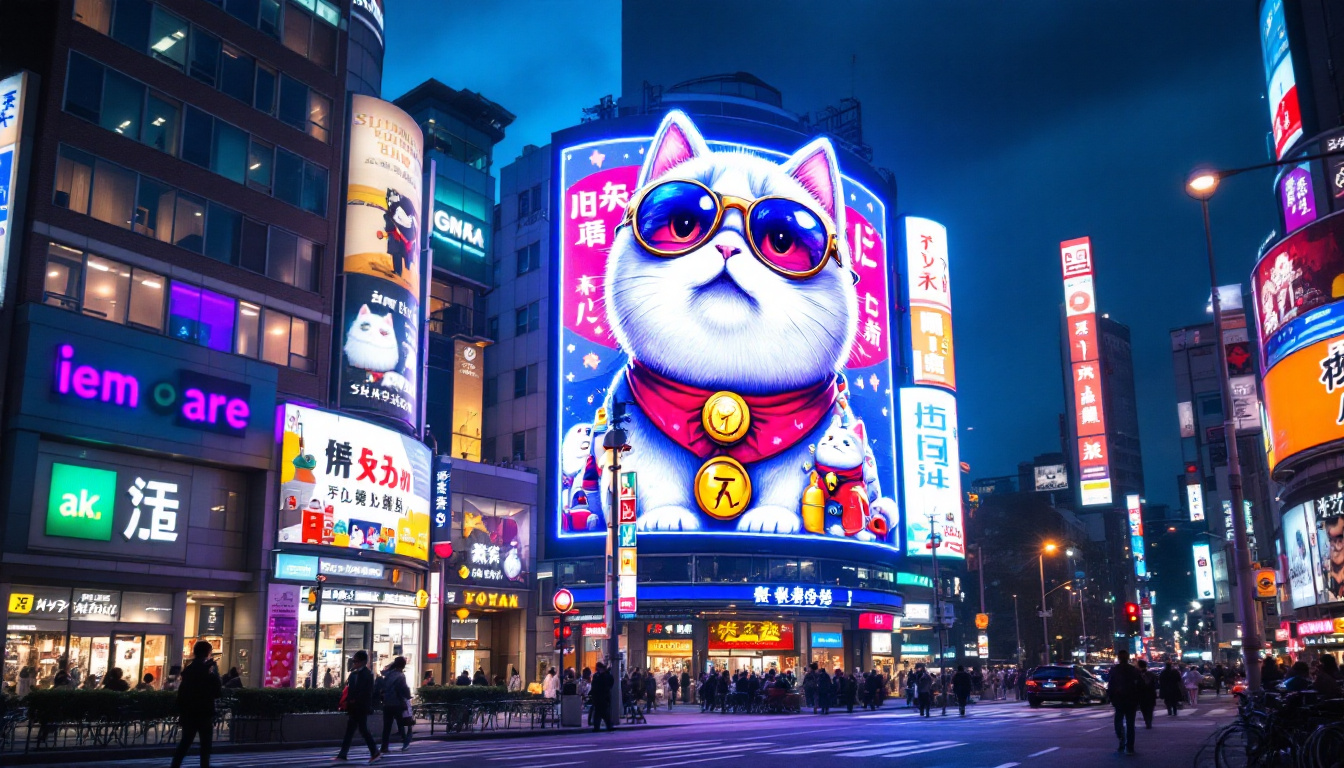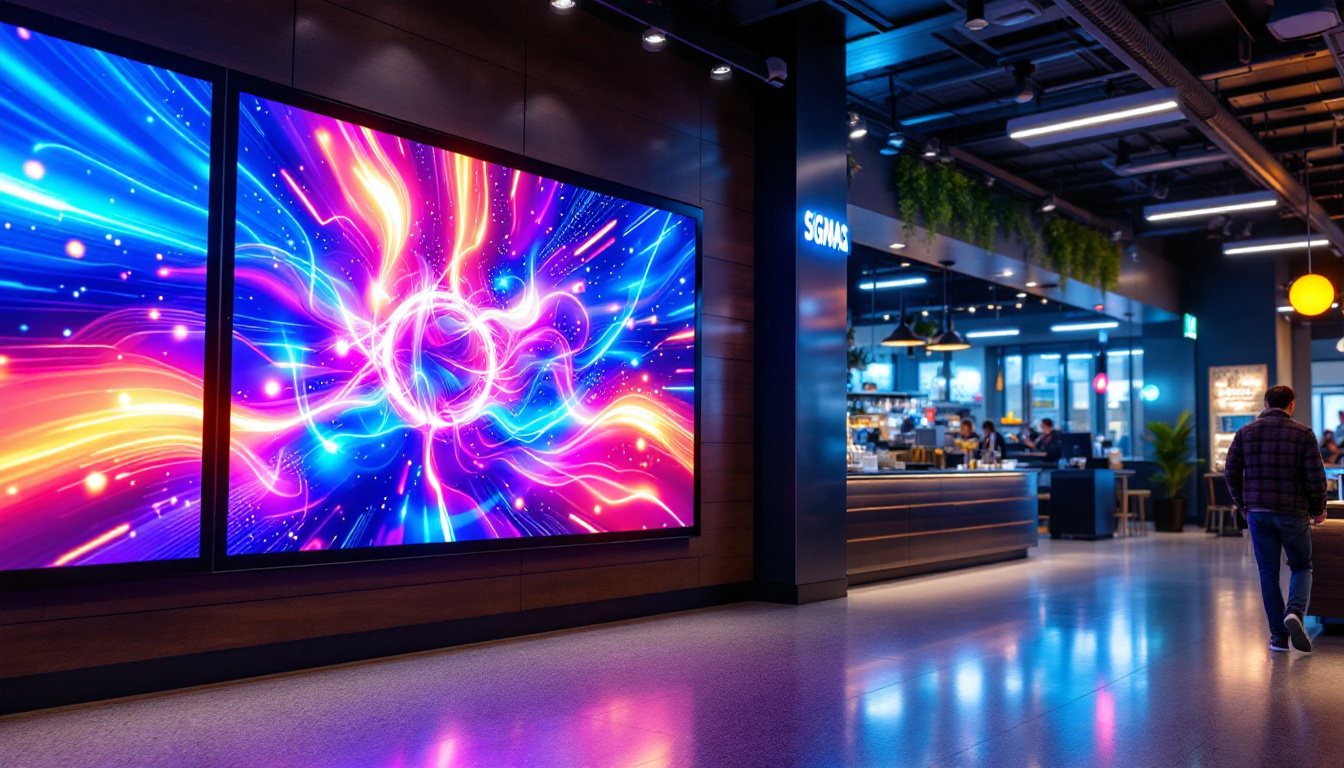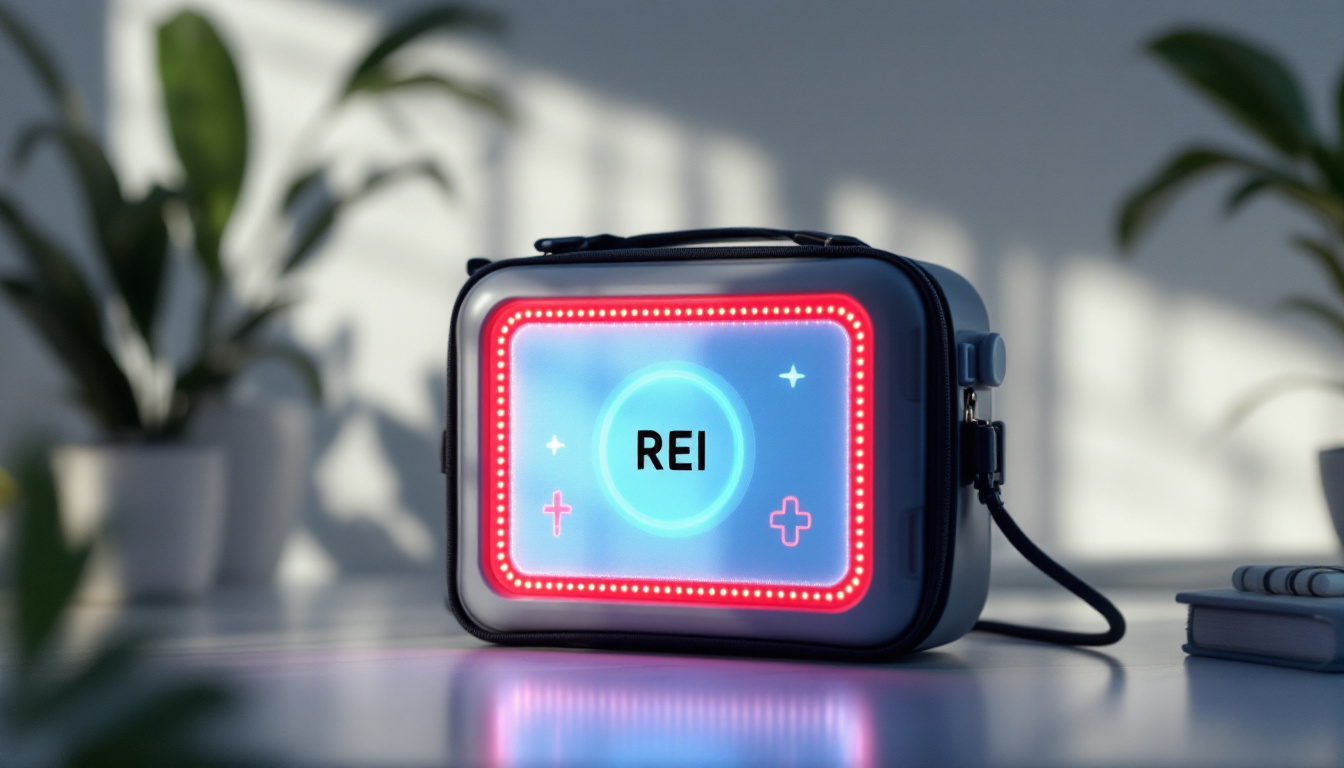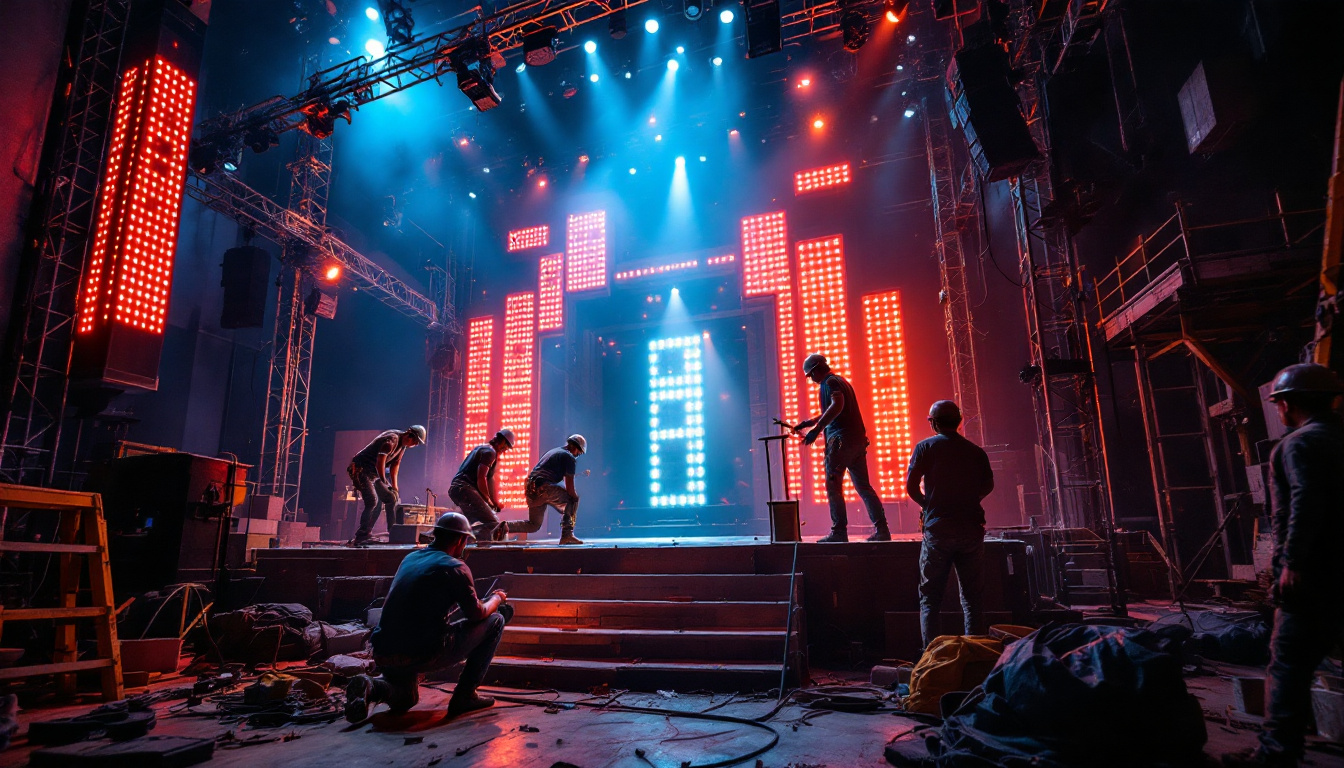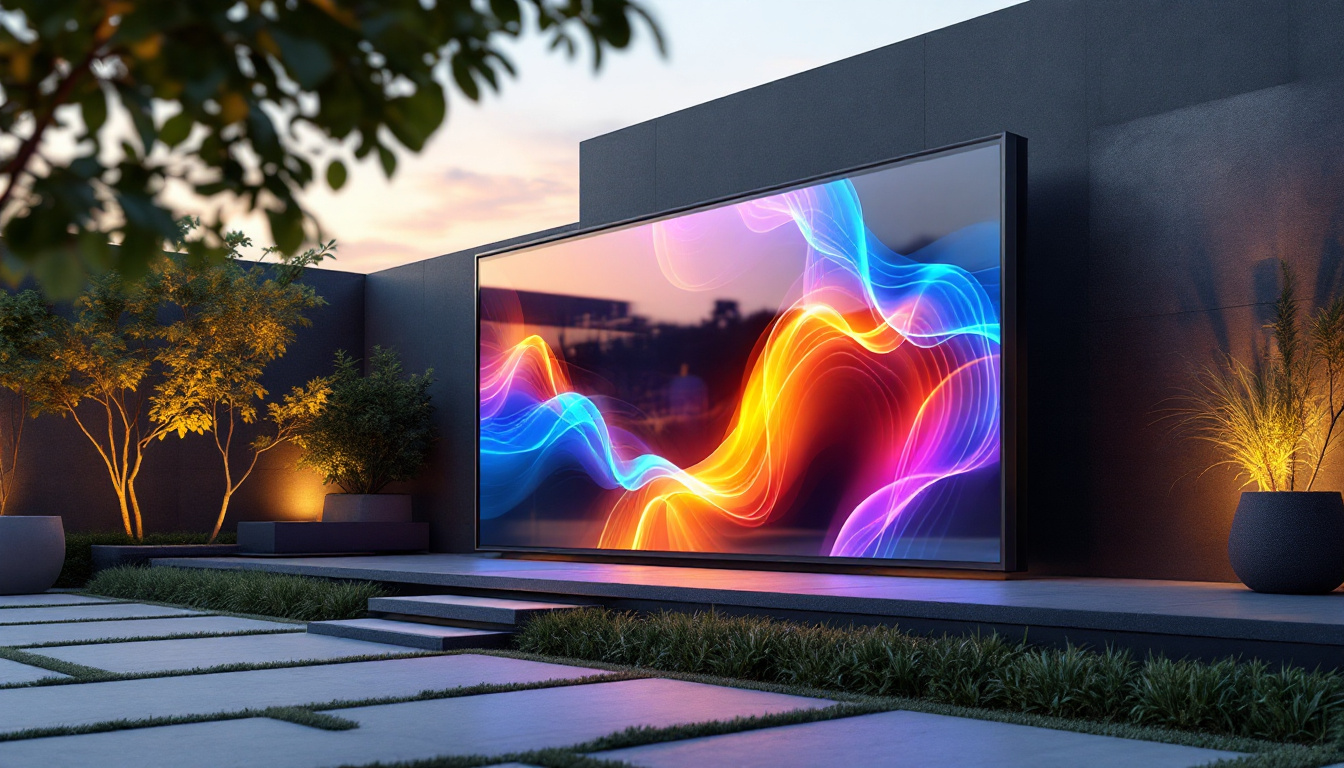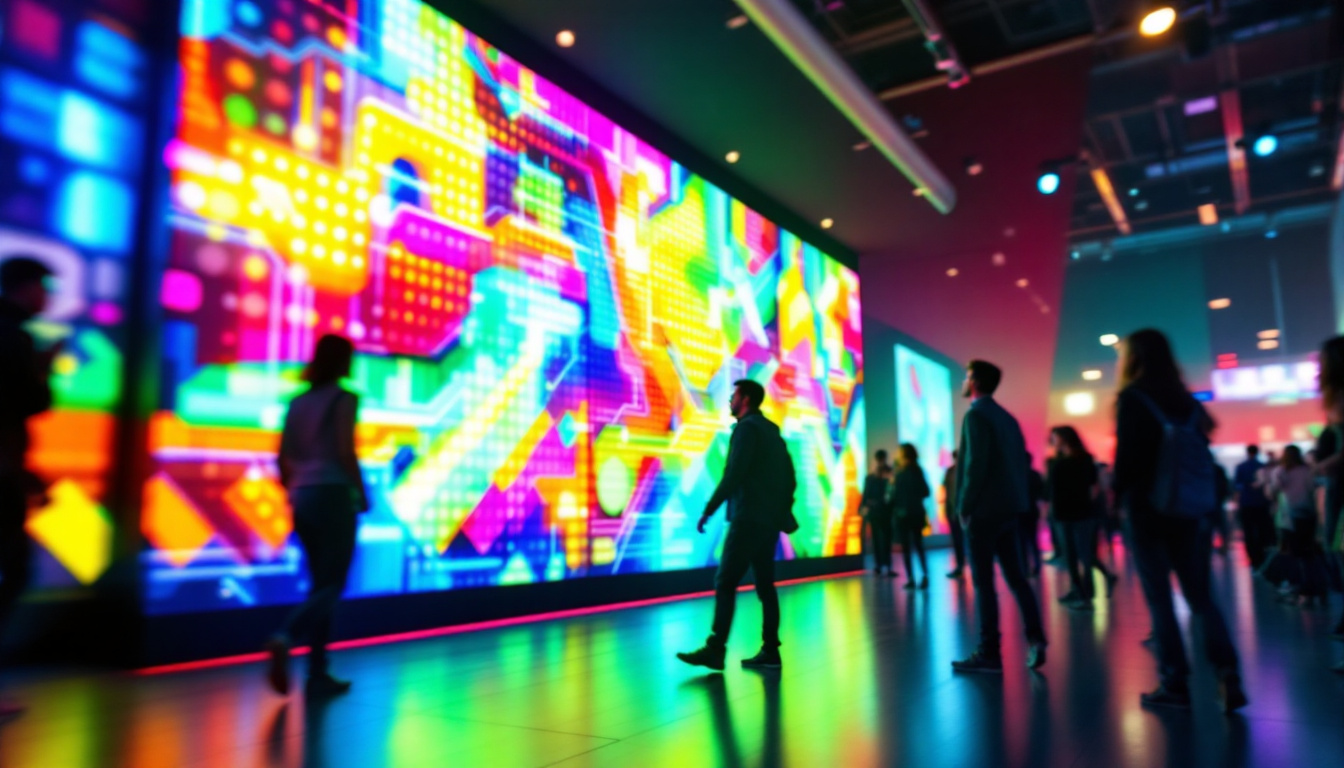In the realm of visual technology, LED displays have emerged as a dominant force, revolutionizing how content is presented across various platforms. From televisions to digital signage, the clarity and vibrancy of LED displays have set new standards for high-definition viewing experiences. This article delves into the intricacies of LED technology, exploring its components, advantages, and applications.
Understanding LED Technology
What is LED?
LED, or Light Emitting Diode, is a semiconductor device that emits light when an electric current passes through it. Unlike traditional incandescent bulbs, which produce light through heat, LEDs are energy-efficient and have a longer lifespan. This efficiency is one of the key reasons for their widespread adoption in display technologies. The typical lifespan of an LED can reach up to 25,000 hours or more, significantly outlasting traditional lighting options, which often need replacement after just a few thousand hours of use.
LEDs can be used in various configurations, including backlighting for LCD screens and as standalone displays. The latter is particularly notable in large-scale applications, such as billboards and sports arenas, where brightness and visibility are crucial. In addition to their brightness, LEDs also offer the advantage of being lightweight and compact, making them ideal for a range of applications from consumer electronics to architectural lighting. Their ability to emit light in a specific direction also reduces the need for reflectors and diffusers, further enhancing their efficiency.
The Evolution of LED Displays
The journey of LED displays began in the late 20th century, primarily used for simple indicators and displays. Over the years, advancements in technology have led to the development of more sophisticated LED displays, including full-color screens that can render high-definition images and videos. The transition from monochrome to full-color displays marked a significant milestone, allowing for more engaging and dynamic content that transformed advertising and entertainment industries.
Today, LED displays are categorized into several types, including OLED (Organic LED), QLED (Quantum Dot LED), and MicroLED. Each type has its unique characteristics and advantages, catering to different consumer needs and preferences. For instance, OLED displays are known for their deep blacks and vibrant colors due to their ability to turn off individual pixels, while QLED technology enhances brightness and color accuracy through quantum dots. MicroLED, on the other hand, is gaining attention for its potential to combine the best features of both OLED and traditional LED technologies, offering superior brightness, energy efficiency, and longevity. As these technologies continue to evolve, we can expect even more innovative applications and improvements in display quality, further shaping our visual experiences in both personal and professional realms.
Components of LED Displays
Pixel Structure
The fundamental building block of any LED display is the pixel. Each pixel consists of sub-pixels, typically red, green, and blue (RGB), which combine to create a full spectrum of colors. The arrangement and density of these pixels determine the display’s resolution and clarity.
Higher pixel density results in sharper images, making it essential for applications where fine detail is crucial, such as in medical imaging or graphic design. Conversely, lower pixel densities may suffice for larger displays viewed from a distance, such as outdoor advertising boards. Additionally, advancements in pixel technology, such as microLED and miniLED, are pushing the boundaries of display quality, offering even greater brightness and contrast ratios. These innovations allow for thinner displays with improved energy efficiency, catering to the growing demand for high-performance screens in both consumer electronics and professional environments.
Display Types: Direct vs. Indirect
LED displays can be classified into direct-view and indirect-view types. Direct-view LED displays are composed of individual LEDs that emit light directly to the viewer, providing superior brightness and contrast. These displays are commonly used for large outdoor screens and indoor digital signage.
Indirect-view LED displays, on the other hand, utilize LEDs as a backlight for an LCD panel. While they can achieve excellent color accuracy and energy efficiency, they may not match the brightness levels of direct-view displays. Understanding these differences is crucial for selecting the right display for specific applications. For instance, indirect-view displays are often favored in environments where ambient light can be controlled, such as conference rooms or home theaters, allowing for a more immersive viewing experience. Furthermore, the choice between these display types can also impact maintenance and longevity, as direct-view displays typically require more robust weatherproofing for outdoor use, while indirect displays can be more susceptible to issues like backlight bleed over time.
Advantages of LED Displays
Energy Efficiency
One of the most significant advantages of LED displays is their energy efficiency. Compared to traditional display technologies, LEDs consume considerably less power, making them an environmentally friendly choice. This efficiency not only reduces electricity costs but also minimizes heat generation, which can prolong the lifespan of the display. In fact, many businesses have reported a substantial decrease in their energy bills after switching to LED technology, allowing them to allocate those savings to other operational needs.
Additionally, the reduced energy consumption of LED displays contributes to a lower carbon footprint, aligning with global sustainability goals. As more companies strive to adopt greener practices, the use of LED technology can serve as a key component of their environmental strategy. Furthermore, many LED displays are designed to be recyclable, further enhancing their eco-friendly appeal.
High Brightness and Contrast
LED displays are known for their exceptional brightness levels, which makes them ideal for use in environments with high ambient light. This capability ensures that content remains visible even in direct sunlight, a critical factor for outdoor applications. Whether it’s a bustling city street or a large outdoor event, LED displays can cut through glare and deliver clear, vibrant images that capture attention.
Moreover, LEDs can achieve high contrast ratios, enhancing the depth and richness of colors. This feature is particularly beneficial for media-rich applications, such as gaming and film production, where visual fidelity is paramount. The ability to display deep blacks alongside bright whites allows for a more dynamic viewing experience, making scenes more immersive. Additionally, advancements in LED technology have led to improved color accuracy, ensuring that what is seen on the screen closely matches the creator’s original vision. This level of precision is invaluable for professionals in graphic design, photography, and video editing, where every detail counts.
Applications of LED Displays
Television and Home Entertainment
In the home entertainment sector, LED displays have largely replaced traditional LCD and plasma screens. With advancements in technology, consumers now have access to ultra-high-definition (UHD) and 4K resolution displays, providing an immersive viewing experience.
Smart LED TVs also integrate features such as streaming capabilities and voice control, making them a central component of modern home entertainment systems. The combination of high resolution, vibrant colors, and smart technology has transformed how people consume media.
Commercial and Advertising Use
In the commercial space, LED displays are extensively used for advertising and branding. Digital billboards, storefront displays, and event screens leverage the high visibility and dynamic content capabilities of LED technology. Advertisers can change content in real-time, allowing for targeted marketing strategies that can adapt to audience behaviors and preferences.
The flexibility of LED displays also enables creative applications, such as interactive installations and immersive environments, enhancing customer engagement and experience.
Medical and Industrial Applications
Beyond entertainment and advertising, LED displays find crucial applications in the medical field. High-resolution LED monitors are essential for accurate imaging in diagnostics and surgical procedures. The clarity and color accuracy of LED displays allow healthcare professionals to make informed decisions based on visual data.
In industrial settings, LED displays are used for monitoring systems, control panels, and safety signage. Their durability and reliability in harsh environments make them suitable for various industrial applications, from manufacturing to transportation.
Challenges and Considerations
Cost Factors
While LED displays offer numerous advantages, the initial investment can be a barrier for some consumers and businesses. High-quality LED technology, especially in large formats, can be costly. However, it is essential to consider the long-term savings in energy costs and maintenance when evaluating the overall value.
Viewing Angles and Color Consistency
Another challenge with LED displays is the potential for limited viewing angles. Depending on the display type and configuration, colors may appear distorted when viewed from extreme angles. This limitation can affect the effectiveness of displays in certain applications, such as large venues where audience positioning varies.
Additionally, maintaining color consistency across multiple displays can be challenging, especially in commercial settings where multiple screens are used in conjunction. Calibration and technology advancements are continuously addressing these issues, but they remain important considerations for users.
The Future of LED Displays
Innovations on the Horizon
The future of LED display technology is promising, with ongoing research and development aimed at enhancing performance and functionality. Innovations such as flexible displays, transparent screens, and improved color accuracy are on the horizon, expanding the possibilities for applications in various fields.
Furthermore, the integration of artificial intelligence and machine learning is expected to play a significant role in optimizing display performance and user experience. These advancements will likely lead to more personalized and interactive viewing experiences.
Environmental Impact and Sustainability
As the world increasingly prioritizes sustainability, the LED display industry is also making strides in reducing its environmental footprint. Manufacturers are exploring eco-friendly materials and recycling programs to minimize waste and energy consumption.
Moreover, the shift towards energy-efficient technologies aligns with global efforts to combat climate change, making LED displays not only a smart choice for consumers but also a responsible one.
Conclusion
LED displays have undeniably transformed the landscape of visual technology, offering unparalleled brightness, energy efficiency, and versatility. From home entertainment systems to large-scale commercial applications, the impact of LED technology is profound and far-reaching.
As advancements continue to unfold, the future of LED displays promises even more exciting developments, ensuring that they remain at the forefront of visual innovation. Whether for personal use or professional applications, understanding the capabilities and potential of LED displays is essential for making informed choices in an increasingly digital world.
Discover LumenMatrix’s Advanced LED Display Solutions
Ready to elevate your visual experience with the latest in LED technology? LumenMatrix is at the forefront of innovation, offering a diverse range of LED display modules tailored to your needs. Whether you’re looking for Indoor LED Wall Displays, Outdoor LED Wall Displays, or specialized solutions like Vehicle LED Displays and LED Sports Displays, LumenMatrix has the expertise to bring your vision to life. Experience the difference with our LED Poster Displays, Floor LED Displays, Custom LED Displays, All-in-One LED Displays, and LED Transparent Displays. Embrace the future of visual communication and check out LumenMatrix LED Display Solutions today to create unforgettable brand stories and immersive experiences.

